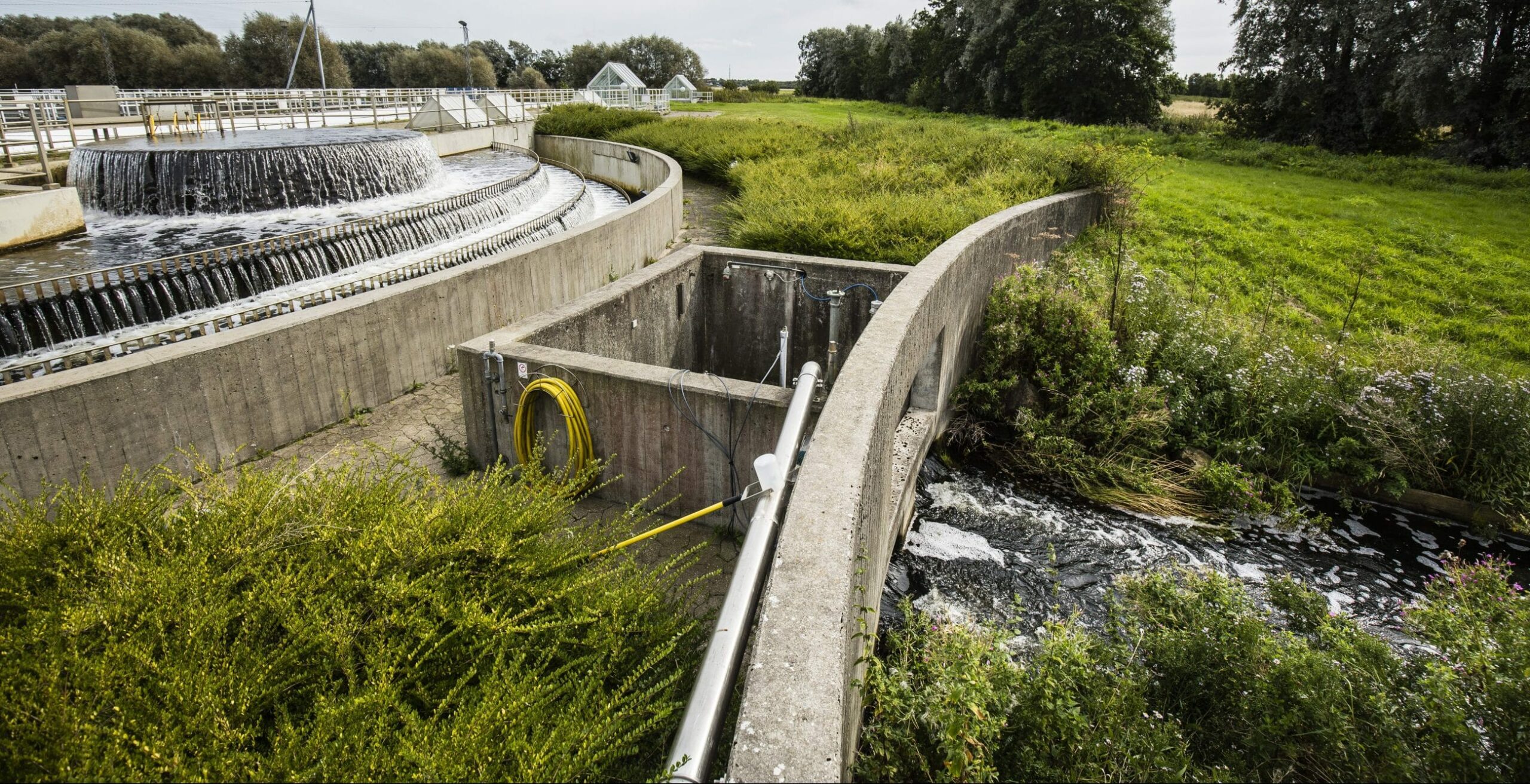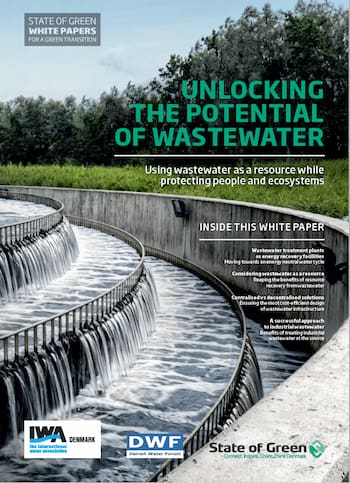Download our publication on unlocking the potential of wastewater
This article is part of our publication ‘Unlocking the potential of wastewater’.
Download nowPerspective
Wastewater treatment
Wastewater management


There are many economies of scale to be achieved from centralised treatment. However, in areas which are not connected to the central sewerage system, decentralised solutions are often more attractive. In areas suffering from water scarcity, local treatment and reuse of wastewater can also contribute to a more stable water balance.
The term ‘decentralised wastewater treatment’ is often used to describe treatment of wastewater that is not discharged to a municipal treatment plant but takes place onsite and/or in cluster systems for treatment and disposal of wastewater from dwellings and businesses. Decentral wastewater treatment takes place at widely different scales, from clusters within a mega-city to scattered individual households in rural areas.
Decentralised treatment solutions are mainly applied in rural areas or other areas, which are not connected to the municipal sewerage system, such as university campuses, industrial parks or resorts. Since 2004, the Danish wastewater treatment strategy has strengthened its focus on villages and scattered households in rural areas. The need to protect groundwater aquifers or surface waters, which are important drinking water sources and
sensitive to nutrient pollution, has led to development of a range of new solutions for decentralised treatment. At the hightech end of this range are prefabricated mini-treatment units for households or small villages.
They are typically compact purification systems based on biological processes, mostly confined in tanks and reactors that are covered to prevent spreading of unpleasant odours. At the other end of the range are low-tech biological sand and gravel filters designed for discharge to surface water or for infiltration of treated wastewater into the soil.
Ensuring sufficient availability and sustainable management of water and sanitation for all is part of the United Nations’ Sustainable Development Goal 6. Reuse of wastewater is one option which can contribute to achieving this goal. Planning for water supply and considering wastewater as a resource rather than a problem may postpone costly investments and give greater flexibility when water shortages occur. Today, treating wastewater to a level of drinking water quality is possible with advanced oxidation processes (AOP) and different membrane technologies.
However, treated wastewater is typically used for purposes in which a lower quality is sufficient such as street cleaning, watering of parks and irrigation for crops. In agriculture, low-technology or partial treatment, for instance in constructed wetlands or reed beds, may be adequate for a range of uses, including irrigation of cereals or tree crops that do not go from farm to fork. If the wastewater is to be reused, the cost will be lower if the recipient is located in close proximity of the treatment facility.
This could e.g. be local farmers with greenhouses which require continuous use of water. Or a hotel which reuses its own treated wastewater to water the lawns. Or a golf course where lakes on the golf course can be used as ‘storage facilities’ for the reclaimed water, which increases flexibility.

This article is part of our publication ‘Unlocking the potential of wastewater’.
Download nowAs ever-expanding cities around the globe have to serve more and more people, there is a risk that multiple sewer systems will grow to unmanageable sizes or require huge pumping costs. A number of existing wastewater treatment plants are already close to reaching their full capacity. In areas with rapid urban growth, decentralised treatment can serve as an attractive temporary solution until an optimal design for a centralised infrastructure is established.
A cluster approach with decentralised treatment facilities is for instance attractive in cities with large differences in service levels between the urban centre and surrounding shanty towns or satellite cities as part of a gradual upgrading of the water infrastructure. Despite the benefits of decentralised solutions, it is also important to be aware that wastewater treatment plants located within cities can be difficult to manage due to risk of foul smell from treatment basins and heavy transport required for disposal of sludge.
In addition, the increasing value of land often makes it financially attractive to relocate treatment plants outside the city. Nevertheless, if available space for a wastewater treatment plant becomes a limitation, decentralised plants are attractive solutions to sustain urban progress.